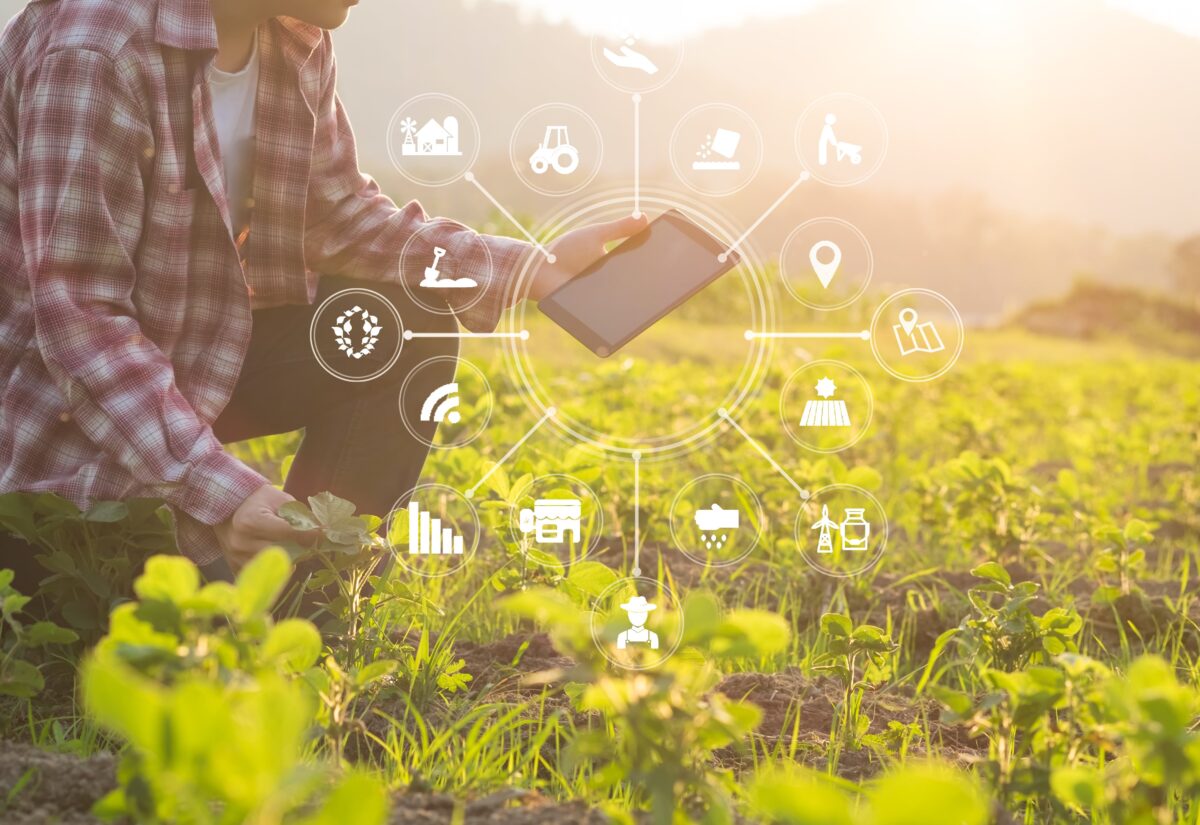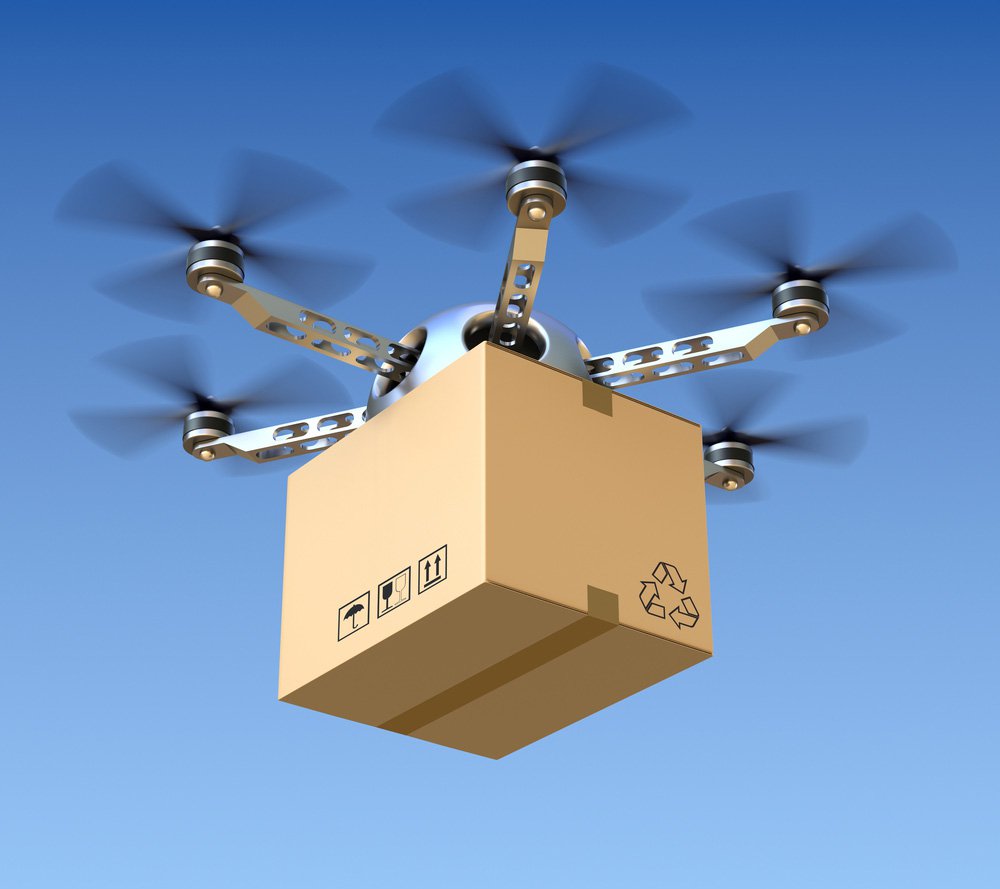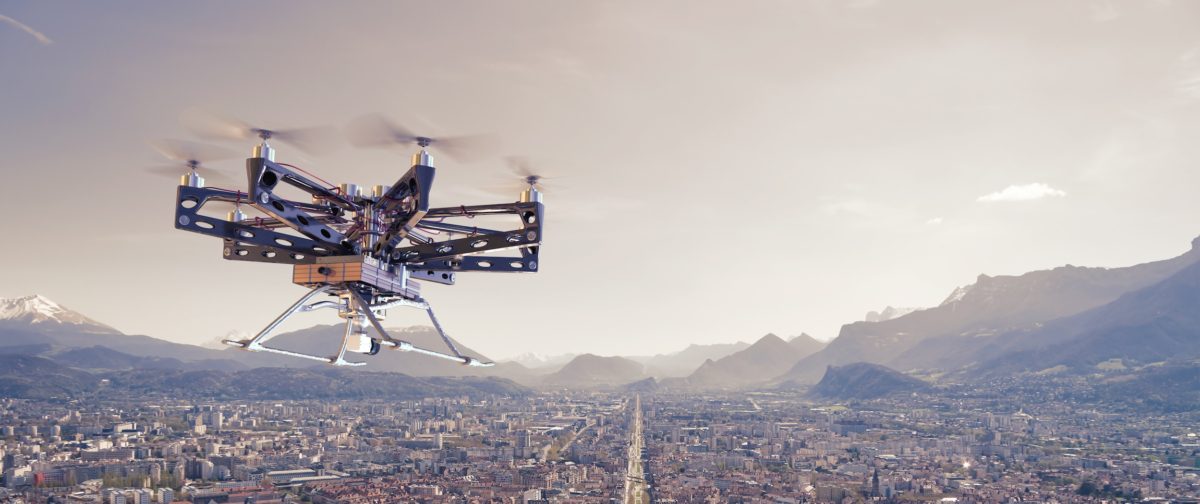5/5 (2) With the rising population growth, which is expected to reach 9.6 billion by 2050, there is increasingly more pressure on the agriculture industry in order to meet this rising demand (UN, 2019). In addition, environmental challenges, such as unfavorable weather conditions and climate change, only complicate this further. To meet this demand, the agriculture industry is moving towards the use of the Internet of Things (IoT). Agriculture applications of IoT allow the industry to increase operational efficiency, decrease costs, reduce waste as well as improve the quality of their yield (Ravindra, 2020).
With smart farming, real-time data of farming procedures is gathered, processed, and analyzed, to allow large farm owners to be able to make more informed decisions (Kamilaris et al., 2016). With the use of IoT, players in the agriculture industry can monitor their equipment, crops, and livestock. Moreover, the data obtained from sensors placed in the field, allows them to run statistical predictions for their crops and livestock (Meola, 2020). A few IoT-enabled applications in smart farming, such as Precision Farming, Livestock Farming, and Smart Greenhouses will be discussed below.
Precision Farming
Precision farming is an umbrella notion for IoT-based techniques to make farming more controlled and accurate. Such IoT-based techniques make use of items, such as sensors, control systems, robotics, autonomous vehicles, automated hardware, and so on (Sciforce, 2019). Large farm owners can use crop management devices which should be placed in the field to collect data specific for crops. These devices gather information ranging from temperatures to leaf water potential, to overall crop health. By having this visibility at the crop-level, large farm owners are able to effectively prevent any diseases that can harm their yield. Thus, precision farming allows large farm owners to make decisions per square meter or per plant, as opposed to traditional farming where decisions are made at field-level (Sciforce, 2019). Furthermore, with precision farming, large farm owners reduce their environmental footprint as it allows for more efficient irrigation and more precise use of fertilizers and pesticides for crops (Kamilaris et al., 2016).
Livestock Farming
With the use of wireless IoT applications, large farm owners can collect data and monitor the location, well-being, and health of their livestock. With the information collected from the sensors attached to the animals, large farm owners can identify sick cattle. These sick cattle can be separated from the herd, thereby preventing the spread of the disease (Sciforce, 2019). This would save farm owners significant medical costs which they would have occurred had the disease spread to the rest of the herd. Additionally, it reduces labor costs as ranchers can locate their cattle more easily with the help of IoT-based sensors (Ravindra, 2020).
Smart Greenhouses
Greenhouse farming is a practice of growing crops, vegetables, fruits, etc. in a controlled environment to provide favorable growing conditions and protect the crops, vegetables, fruits, etc. from unfavorable weather and various pests (Hajdu, 2020). Smart greenhouses are designed with the use of IoT so that it intelligently monitors and controls the climate, based on the requirements of the growing crops. Specifically, the IoT sensors in the greenhouse provide information on the light levels, air pressure, humidity, and temperature. These sensors can control the machines to open a window, turn on lights, control a heater, and so on. In addition, with the creation of a cloud server, farm owners can remotely access the system and control the temperatures within the greenhouse. This eliminates the costs of constant manual monitoring as well as optimizing the growth conditions of the crops (Ravindra, 2020).
Smart farming and IoT-driven agriculture have laid the foundations for the Green revolution. The Green revolution is expected to transform the agriculture industry by relying on combinations of new technologies such as IoT, sensors, geo-positioning systems, Big Data, agricultural drones, robotics, and so on. Pesticides and fertilizer use are expected to be minimized while overall efficiency will be maximized. Also, IoT enables better traceability of food, which in turn will lead to increased food safety. Moreover, these technologies help the environment through, for example, more efficient use of water (Sciforce, 2019). Therefore, smart farming is expected to transform the agriculture environment and deliver a more productive and sustainable agricultural production so that by 2050, all 9.6 billion people can be fed in a sustainable way.
Bibliography
Hadju, I., 2020. Greenhouse Farming Exceeds Weather Limitations. [online] Agrivi Blog. Available at: <https://blog.agrivi.com/post/greenhouse-farming-exceeds-weather-limitations> [Accessed 26 September 2020].
Kamilaris, A., Gao, F., Prenafeta-Boldu, X. and Ali, M.I. Agri-IoT: A semantic framework for Internet of Things-enabled smart farming applications. [online] 2016 IEEE 3rd World Forum on Internet of Things (WF-IoT). Available at: doi: <10.1109/WF-IoT.2016.7845467> [Accessed 24 September 2020].
Meola, A., 2020. Smart Farming In 2020: How Iot Sensors Are Creating A More Efficient Precision Agriculture Industry. [online] Business Insider. Available at: <https://www.businessinsider.com/smart-farming-iot-agriculture?international=true&r=US&IR=T> [Accessed 24 September 2020].
Ravindra, S., 2020. Iot Applications In Agriculture. [online] IoT For All. Available at: <https://www.iotforall.com/iot-applications-in-agriculture> [Accessed 24 September 2020].
Sciforce. 2019. Smart Farming, Or The Future Of Agriculture. [online] Available at: <https://medium.com/sciforce/smart-farming-or-the-future-of-agriculture-359f0089df69> [Accessed 24 September 2020].
United Nations. 2020. Growing At A Slower Pace, World Population Is Expected To Reach 9.7 Billion In 2050 And Could Peak At Nearly 11 Billion Around 2100 | UN DESA | United Nations Department Of Economic And Social Affairs. [online] Available at: <https://www.un.org/development/desa/en/news/population/world-population-prospects-2019.html> [Accessed 24 September 2020].





